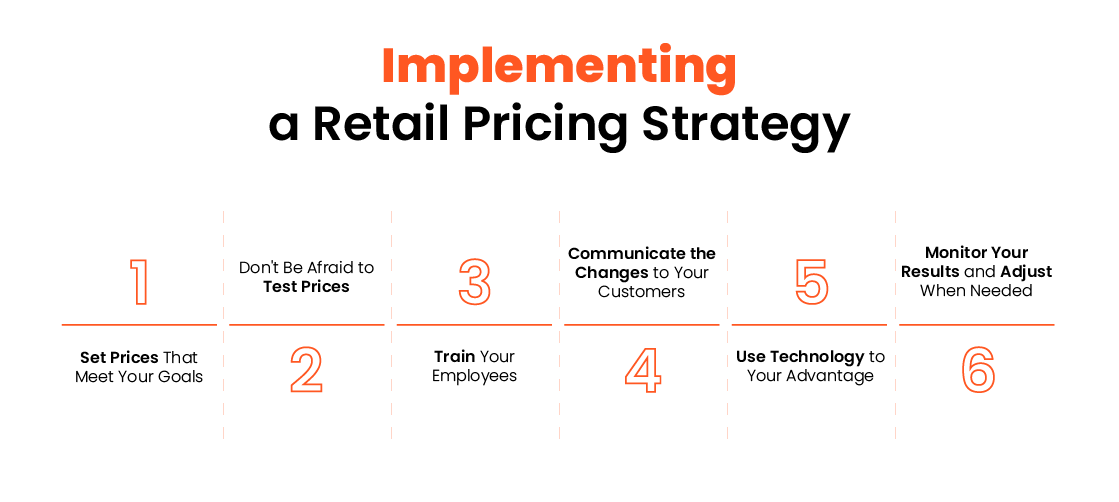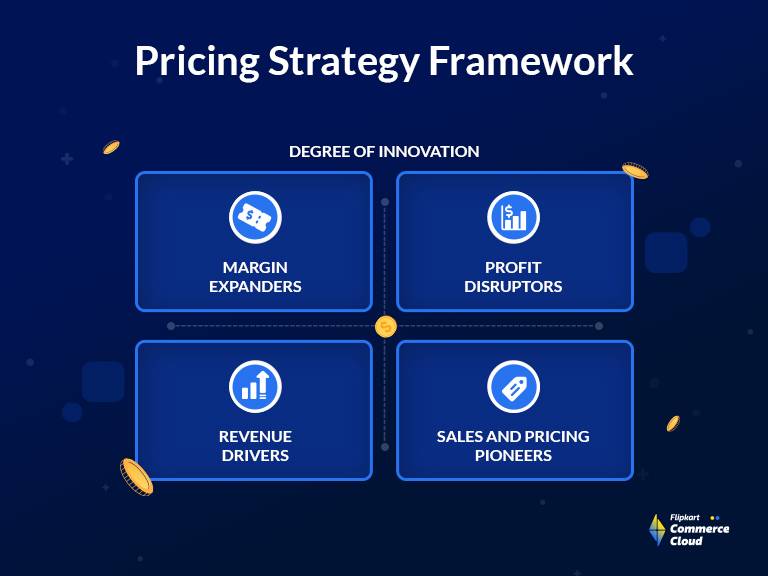Developing a Dynamic Pricing Strategy to Keep Ahead of the Competitors
Developing a Dynamic Pricing Strategy to Keep Ahead of the Competitors
Blog Article
Optimize Profits With Proven Pricing Strategy Techniques
Strategies such as value-based pricing, dynamic prices, and detailed market analysis can considerably boost a firm's economic efficiency. Comprehending customer understanding and leveraging data analytics for dexterous prices changes are vital parts of this method.
Comprehending Customer Perception
Understanding client assumption is essential for establishing effective rates approaches. It affects how consumers assess an item's worth, quality, and total good looks. Services have to identify that consumers frequently base their willingness to pay not entirely on the item's intrinsic attributes yet also on psychological variables, including brand reputation, social condition, and perceived shortage.

Furthermore, firms ought to take into consideration the role of prices psychology, such as beauty prices or rate anchoring, which can substantially influence client habits. Understanding these perceptions makes it possible for companies to frame their prices methods in a fashion that lines up with customer assumptions while making best use of productivity.
Including customer understanding right into pricing techniques not only aids in setting affordable costs but additionally promotes brand loyalty, as consumers feel understood and valued. Ultimately, a nuanced understanding of customer assumption can lead to lasting profits growth and improved market positioning.
Analyzing Market Trends
To develop an efficient pricing strategy, examining market trends is vital for companies looking to stay affordable. Understanding the dynamics of market fluctuations makes it possible for firms to make informed decisions relating to pricing modifications, product launches, and resource appropriation - Pricing Strategy. By checking customer actions, economic indicators, and industry developments, companies can identify patterns that educate their pricing structures
Trick parts to think about when evaluating market patterns consist of need flexibility, seasonal variations, and emerging innovations. Demand flexibility assists organizations gauge just how price changes may affect customer investing in decisions. Seasonal fads can offer understandings right into optimal prices throughout height and off-peak periods, permitting calculated discounting or promotional prices. Additionally, maintaining an eye on technical innovations can help identify prospective dangers or possibilities that can affect prices approaches.
Making use of information analytics tools can enhance the precision of pattern analysis, supplying useful understandings that facilitate agile decision-making. Business should also think about conducting routine marketing research to validate presumptions and adjust to progressing customer preferences. By leveraging these insights, services can not only maximize their pricing techniques however likewise strengthen their overall market setting, making sure long-lasting success and development.
Competitive Prices Strategies
An affordable rates method is vital for companies intending to gain a side in a jampacked marketplace. By analyzing rivals' rates structures and market positioning, firms can tactically establish their prices to draw in customers while keeping productivity. This technique calls for a thorough understanding of both the affordable landscape and customer perceptions of value.
One effective technique is cost matching, where a company uses to match or defeat a rival's rate. This method can boost customer commitment link and motivate sales, particularly in price-sensitive markets. Additionally, infiltration pricing can be used to record market share by originally setting rates less than rivals, tempting clients to attempt the item and fostering brand recognition.
Additionally, organizations can execute mental pricing techniques, such as pricing things just listed below a round number (e.g., $9.99 rather than $10 - Pricing Strategy.00) This can develop the understanding of a much better offer, affecting customer actions
Eventually, a successful competitive rates approach stabilizes the demand to stay attractive to clients while making sure that the prices design lines up with the business's general goals. Frequently changing and assessing rates in reaction to market changes and competitor actions is vital for continual success.
Value-Based Pricing Techniques
Value-based pricing strategies concentrate on setting costs mainly based upon the perceived worth of a product and services to the client, instead of solely on manufacturing expenses or rival rates. This approach requires a deep understanding of customer requirements, preferences, and the special benefits that the service or product offers. By identifying the certain value drivers that reverberate with customers, businesses can create pricing methods that show the real well worth of their offerings.
To execute value-based rates successfully, companies have to participate in detailed market study, consisting of client surveys and emphasis groups, to gather understandings right into consumer understandings. Additionally, businesses need to section their customer base to tailor rates strategies that align with different worth understandings throughout sections.
Communication plays a critical role in value-based pricing; companies need to express the unique value recommendation plainly to justify the price factor. Recurring analysis and adjustment are vital, as client understandings of worth may change over time due to market characteristics or competitive activities. By prioritizing value in pricing strategies, companies can boost consumer complete satisfaction, improve loyalty, and ultimately enhance earnings.
Dynamic Pricing Versions

Dynamic prices leverages advanced algorithms and data analytics to check competitor pricing, customer actions, and supply degrees. By dynamically adjusting prices, companies can optimize profits, make the most of revenue margins, and respond swiftly to adjustments in the view it marketplace. Airlines often utilize this model to adjust ticket prices based on aspects like staying seats, original site time up until departure, and rival rates.
However, the application of vibrant rates should be approached with care. Transparent interaction with consumers is necessary to keep trust and stay clear of understandings of unfair rates techniques. In addition, organizations must ensure that their prices formulas are not extremely complicated or nontransparent, as this can result in customer discontentment.
Eventually, when implemented thoughtfully, dynamic pricing models can offer companies with a substantial affordable advantage, permitting them to capitalize on market opportunities while providing to customer expectations in a swiftly changing financial landscape.
Final Thought

Strategies such as value-based pricing, vibrant pricing, and extensive market evaluation can considerably boost a business's monetary efficiency. Seasonal patterns can supply insights into optimal pricing throughout peak and off-peak periods, permitting for critical discounting or marketing pricing.Dynamic pricing leverages advanced formulas and information analytics to keep track of competitor rates, customer habits, and inventory degrees. By comprehending client assumption, analyzing market fads, and using affordable pricing strategies, businesses can effectively align their rates with customer assumptions. Furthermore, value-based rates and vibrant rates models allow organizations to respond agilely to market changes.
Report this page